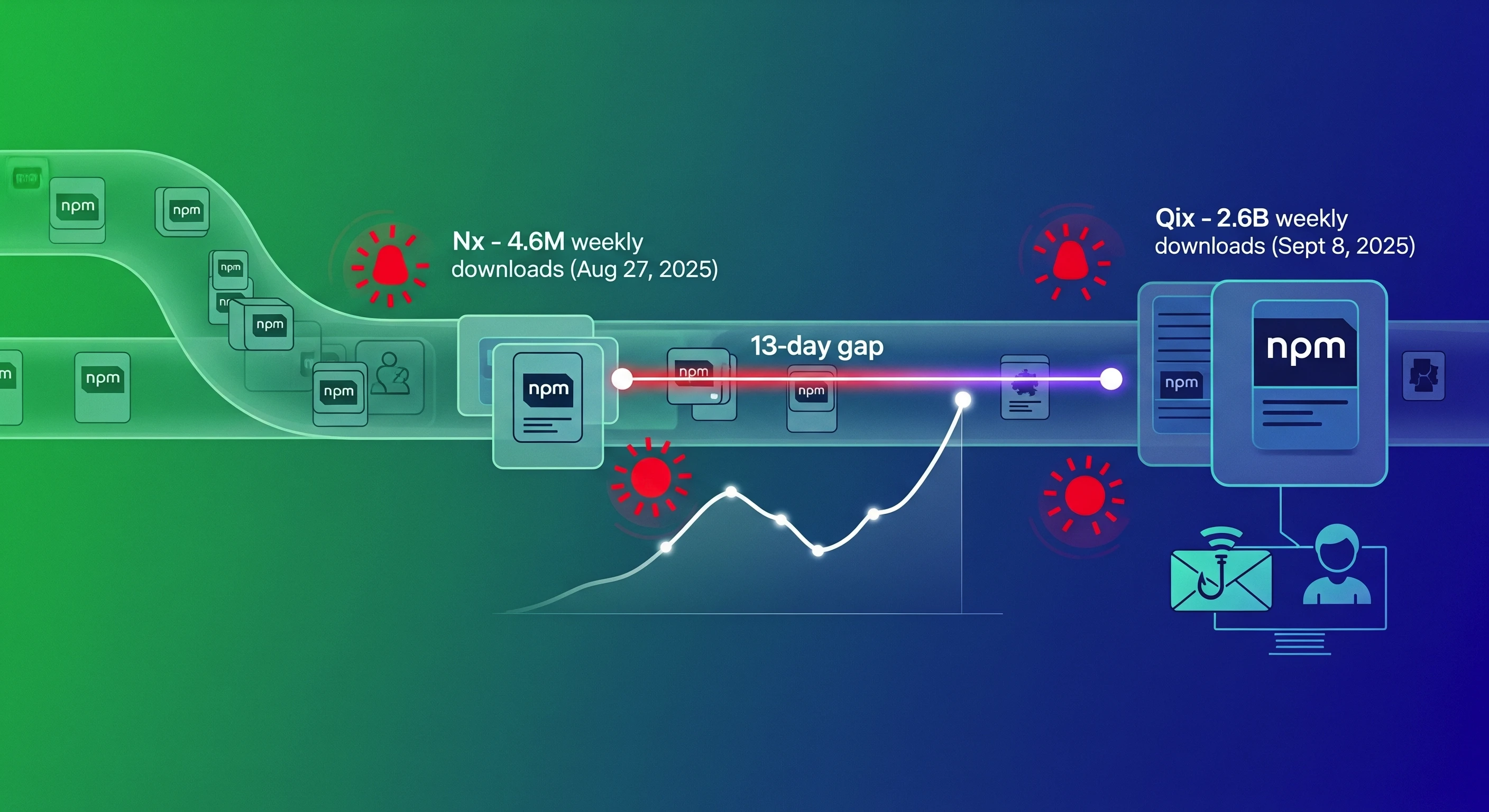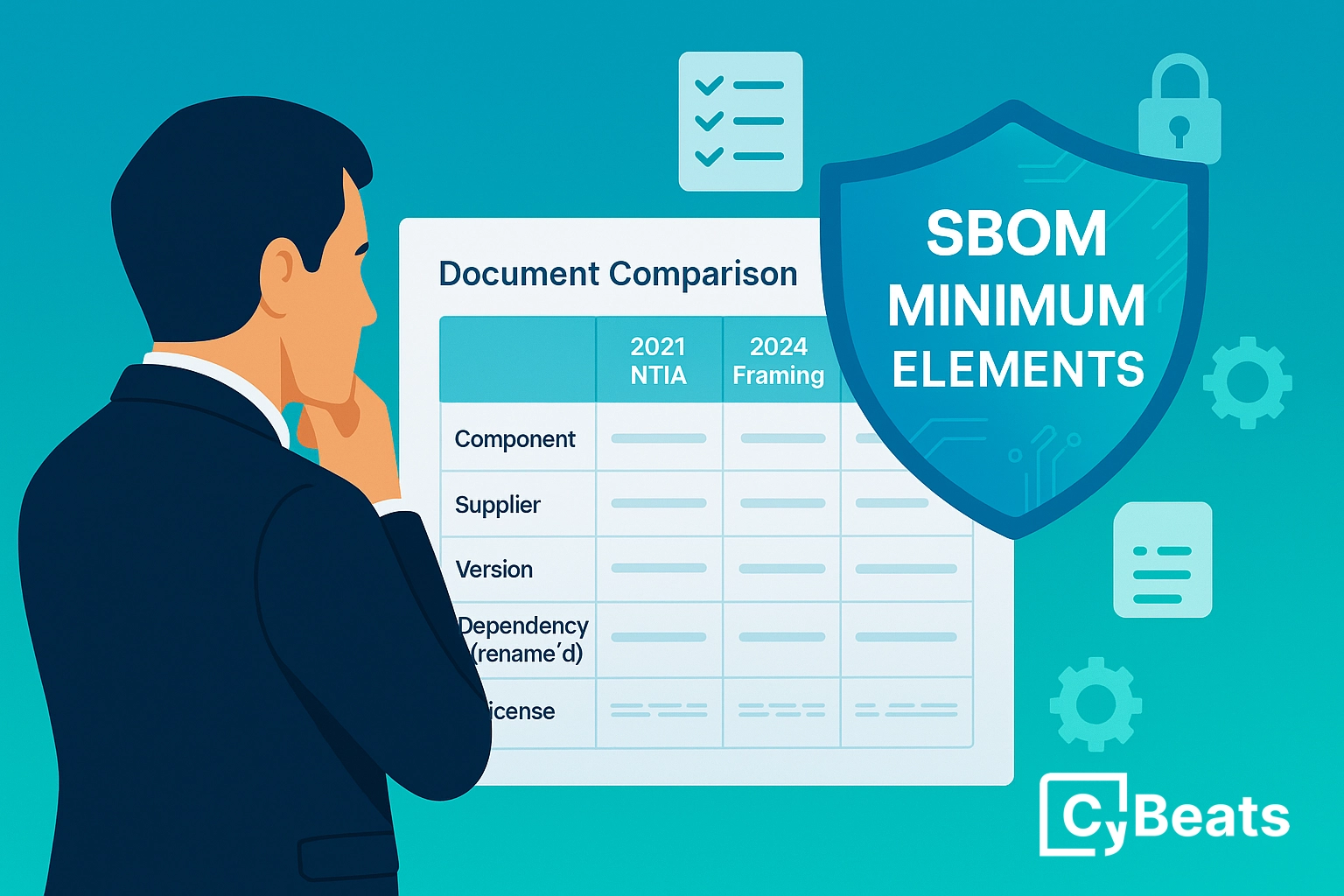SBOMs HBOMs AIBOMs and CBOMs – The New Foundation of Cyber Resilience

Software bills of materials, often referred to as SBOMs, have become indispensable because they enable organizations to identify, assess, monitor, and mitigate software-related risks. By recording every component and dependency in machine-readable form, a software bill of materials provides a live inventory of ingredients across the modern organization’s product lifecycle, helping enterprises to bridge the visibility gaps with asset management.
Modern applications are a mosaic of open-source and commercial code. Reading an SBOM is like scanning an ingredient list on food packaging. You see every library, container, and license. Without that visibility, teams guess what actually runs in production. That is why SBOM management software and other SBOM management tools are now pillars of secure delivery.
Complexity invites danger. Attackers weaponize artificial intelligence, and seventy percent of typical code is community-driven. Unknown components create blind spots that criminals exploit. Continuous SBOM monitoring shrinks that blind spot by sending alerts when a new vulnerability touches any listed module. A market of SBOM vendors packages this service as a cloud platform.
Recent crises prove the value. A logic flaw in CrowdStrike disrupted millions of Windows systems. A backdoor in XZ Utils, the Log4Shell exploit, and the Sunburst Trojan spread quickly because owners and end users lacked real-time insight. Each emergency began with the same question: Where is this component in my estate? Having software bill of materials (SBOM) management tools in place would deliver answers instantly.
Governments have noticed the benefits of this level of transparency. Executive orders, NIST guidance, and the European Cyber Resiliency Act regulations all emphasize the importance of transparency through Software Bill of Materials (SBOMs). The United States Army will require an SBOM for nearly every new purchase by February 2025. Officials decided that an SBOM management tool offers evidence of supply chain security. Similar mandates are also found in the EU Cyber Resilience Act and the FDA's rules for pre-market and post-market for medical connected devices.
Enterprises focus on return on investment, not obligation. Which SBOM platform is best suited for the software supply chain? Stakeholders compare popular software bill of materials platforms on depth of analysis, integration, and clarity of reporting. Many also seek open-source SBOM management options that plug directly into developer pipelines. Top contenders combine the rapid ingestion of SBOM files with data enrichment, strong vulnerability lifecycle management features, and insights into open-source licenses.
Dmitry Raidman, Chief Technology Officer and co-founder of Cybeats, captures the benefit. A verified SBOM reveals the true attack surface to downstream operators, including hospitals, power plants, and water treatment facilities. Teams that gather SBOMs and feed them into an SBOM analysis tool are better prepared for the next wave of exploits.
Continuous vulnerability work starts with fresh telemetry. When a new CVE appears, defenders compare asset inventories with the NIST database and the CISA known-exploited list. If a risky function is unused, they record the exception and focus on threats that are more significant. Risk-based patching is faster and safer than blanket updates and depends on accurate SBOM data.
Artificial intelligence accelerates the cycle. Machine learning systems merge component data, exploit trends, and business context, then open automated tickets. The software bom tool becomes an active control loop instead of a static spreadsheet.
SBOMs also shorten incident response. During an intrusion, responders isolate the compromised code, apply vendor patches, or implement mitigations within minutes to stop the breach. The Verizon 2025 annual data breach report reveals a 34% increase in attacks that exploited known vulnerabilities. Blind spots, not missing fixes, drive that number. The best SBOM solutions pair inventories with exploit intelligence and Vulnerability and Exploitability Exchange (VEX) data, allowing defenders to patch what matters and ignore noise.
Compliance pressure grows. Agencies from the FDA to the Department of Defense expect proof of software supply chain diligence. SBOM evidence supports PCI DSS 4.0, NIST SP 818, and many others. Embedding SBOM checks into procurement and leveraging stops the purchase of products if the vendors don’t share the SBOM for them.
Healthcare offers a preview. A 2019 proof-of-concept (POC) study demonstrated that Software Bill of Materials (SBOM) tools enhance security for connected equipment. Security for medical devices depends on insight into firmware libraries and third-party code. Medical device security management teams now insist that vendors manage medical device security by shipping a device SBOM and providing ongoing monitoring.
Software is only part of the stack, as companies embed language models, an SBOM for AI lists every AI Model, dataset, and web service. A Hardware Bill of Materials maps programmable chips (SOC), communication electronics, and firmware so engineers spot counterfeit parts. A Cryptography Bill of Materials catalogs algorithms and certificates, enabling planners to migrate before quantum-capable attackers emerge.
Together, SBOMs, HBOMs, CBOMs, and SBOMs for AI create a transparency framework for software, hardware, intelligence, and encryption layers. Early adopters report faster incident response and smoother audits.
The path forward is clear.
- Require SBOMs and related bills of materials from every software or device supplier.
- Integrate component inventories into asset discovery, vulnerability intelligence, and governance workflows to enhance security and compliance.
- Automate continuous SBOM vulnerability monitoring so inventories stay current as code evolves.
Tools and platforms matter. Developers seek SBOM tools that seamlessly integrate with CI/CD workflows and pipelines, enabling automation. Security teams need dashboards with clear risk scores. Executives seek concise reports that identify the optimal components and their associated risks, enabling effective software supply chain security management.
Attackers flourish in darkness. Transparency reverses the advantage. Organizations that clearly outline their components move faster than their adversaries and auditors. Forward-looking leaders should invest now in enterprise-grade SBOM management software and complementary HBOM and CBOM validation services. The reward is resilience, trust, and a durable competitive edge in the connected economy.
.png)
.svg)
See Cybeats Security Platform in Action Today
We shortened our vulnerability review timeframe from a day to under an hour. It is our go-to tool and we now know where to focus our limited security resources next.
.svg)

SBOM Studio saves us approximately 500 hours per project on vulnerability analysis and prioritization for open-source projects.
.svg)


.svg)
.svg)











